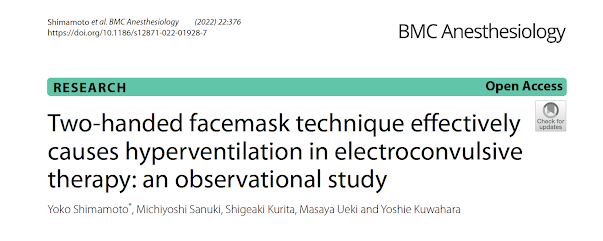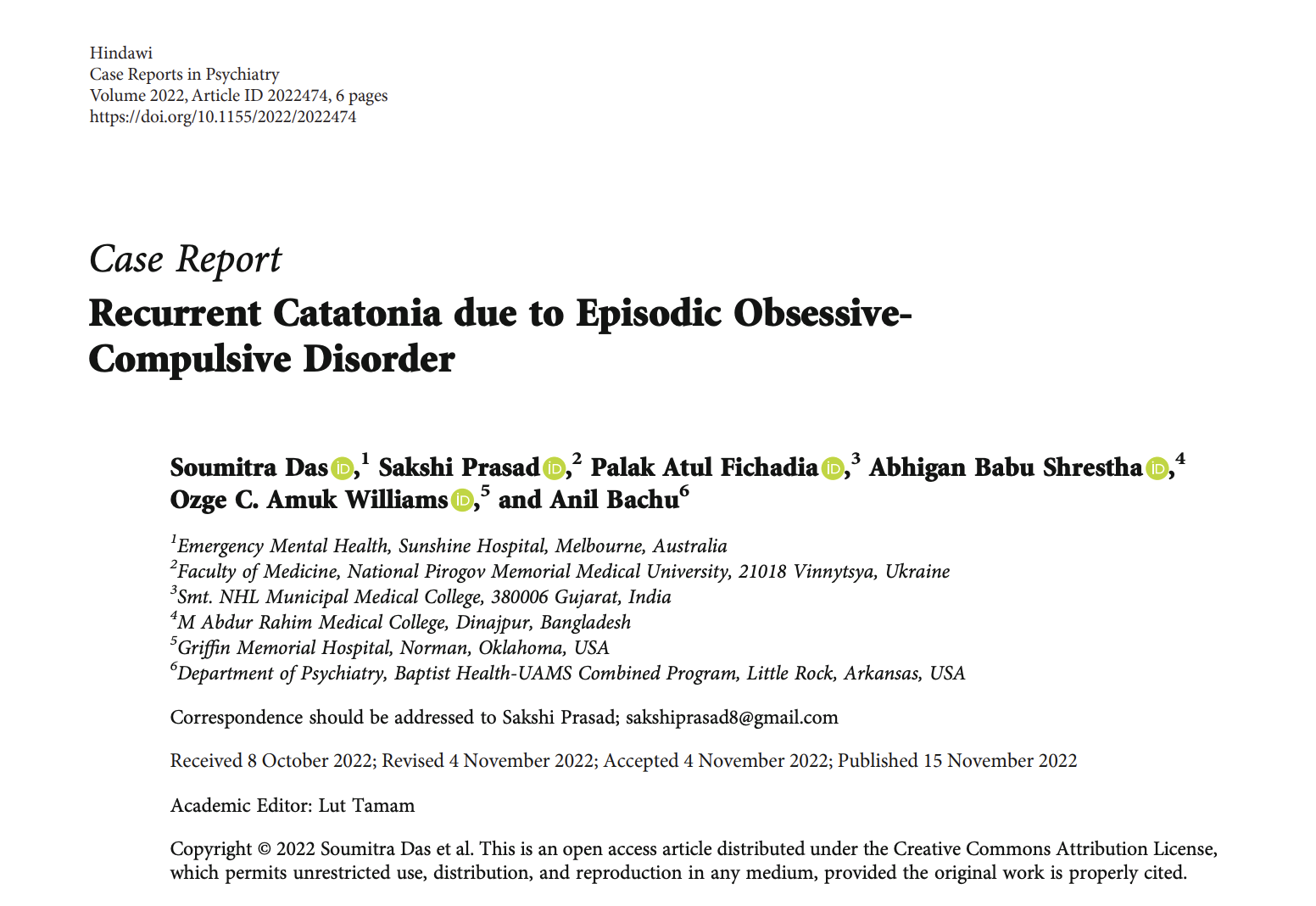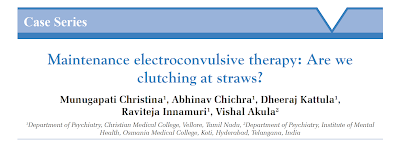Out on PubMed, from researchers in France, is this study: Peripheral proteomic changes after electroconvulsive seizures in a rodent model of non-response to chronic fluoxetine. Lebeau RH, Mendez-David I, Kucynski-Noyau L, Henry C, Attali D, Plaze M, Colle R, Corruble E, Gardier AM, Gaillard R, Guilloux JP, David DJ. Front Pharmacol. 2022 Oct 31;13:993449. doi: 10.3389/fphar.2022.993449. eCollection 2022. PMID: 36386166 The abstract is copied below: Major depressive disorder (MDD) is the psychiatric disorder with the highest prevalence in the world. Pharmacological antidepressant treatment (AD), such as selective serotonin reuptake inhibitors [SSRI, i.e., fluoxetine (Flx)] is the first line of treatment for MDD. Despite its efficacy, lack of AD response occurs in numerous patients characterizing Difficult-to-treat Depression. ElectroConvulsive Therapy (ECT) is a highly effective treatment inducing rapid improvement in depressive symptoms and high remission rates of ∼50-63% in patients













